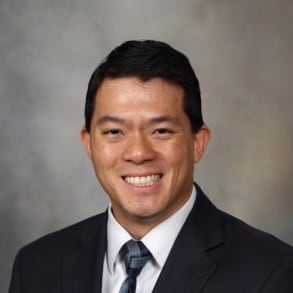Experts from Mayo Clinic's Head and Neck Cancer Center discuss the latest discoveries in HPV-related oropharynx cancers and the importance of spotting symptoms to ensure your patient receives the tests needed to diagnose and treat the cancer.
Related Presenters
Dr. Moore is a head and neck cancer surgeon and facial plastic and reconstructive surgeon in the department of Otolaryngology-Head and Neck Surgery. Dr. Moore specializes in complex tumor removal and reconstructive surgery of the Head ...



